Yamaha Pacifica 112V
$207.99
Get the classic sound of a Fender Stratocaster in the affordable Yamaha Pacifica 112V electric guitar!
Compare
Description
The Yamaha Pacifica 112V is an affordable electric guitar that offers both high-quality craftsmanship and great sound. This guitar is versatile, with its ability to play a variety of musical genres, making it a popular choice for many musicians.
The Pacifica 112V features a solid alder body with a bolt-on maple neck and a 22-fret rosewood fingerboard. This combination of materials gives the guitar a well-rounded sound with enough brightness and sustain to make it an ideal choice for rock, blues, and jazz.
One unique feature of the Pacifica 112V is its HSS (Humbucker/Single/Single) pickup configuration. The bridge pickup is a humbucker, while the middle and neck pickups are single-coil. This configuration provides a range of tonal options, allowing players to switch between a beefy, distorted sound and a smooth, clean tone.
The guitar’s pickups are controlled by a five-way switch, allowing players to select various combinations of pickups to achieve a range of tones. The Pacifica 112V also comes with a push-pull coil-tap switch, which allows players to turn the humbucker into a single-coil pickup, further expanding the tonal palette.
In addition, the Pacifica 112V has a master volume, a master tone, and a tone knob that controls the middle pickup. These controls work together to provide a great deal of tonal control, allowing the player to shape their sound to their liking.
The Pacifica 112V also boasts a high-quality hardware setup. The guitar has a vintage-style tremolo bridge that provides good sustain and tuning stability. The tuning machines are also high-quality, ensuring that the guitar stays in tune even during prolonged playing sessions.
Finally, the guitar’s overall design is both attractive and functional. Its slim, C-shaped neck is comfortable to play and the guitar’s overall weight is well-balanced, making it easy to stand and play for extended periods of time.
In conclusion, the Yamaha Pacifica 112V is a solid, well-crafted guitar that is perfect for players of all levels. It offers a range of tonal options that can be tailored to suit any musical style, while its hardware and construction ensure that it is a reliable instrument that can be played for years to come.
Yamaha Pacifica 112V properties
| Product name |
Yamaha Pacifica 112V |
| Brand |
Yamaha |
| Type |
Electric Guitar |
| Number of Strings |
6 pcs |
| Handedness |
Right-Handed |
| Number of Frets |
22 |
| Cutaway |
Double Cutaway |
| Size |
4/4 |
| Wood Type (front) |
Mahogany |
| Wood Type (back) |
Mahogany |
| Wood Type (body sides) |
Mahogany |
| Wood Type (neck) |
Maple |
| Wood Type (fretboard) |
Rosewood, Walnut |
| Built-In Tuner |
Yes |
| Colour |
Black, Blue, Red, Silver, Sunburst/Colourburst, White, Yellow |
Frequently Asked Questions:
"What specific features and benefits make the Yamaha Pacifica 112V stand out among other electric guitars in terms of sound quality, playability, and overall value for money?"
The Yamaha Pacifica 112V is a versatile electric guitar that stands out among its competitors in several ways. Here are some specific features and benefits that make it an excellent choice for musicians looking for a high-quality instrument at a reasonable price:
1. Sound Quality: The Pacifica 112V has a unique sound that combines the warmth of vintage instruments with the clarity and definition of modern gear. This is thanks to its solid alder body, which produces a bright and resonant tone, and its Seymour Duncan pickups, which offer a wide range of tonal options from classic rock to modern metal. The guitar also features Yamaha's proprietary Active Bass System (ABS) circuitry, which enhances the low-frequency response for a more powerful and full-bodied sound. Playability: The Pacifica 112V has a comfortable and well-balanced neck profile that makes it easy to play, whether you're a beginner or an experienced player. The satin finish on the back of the neck reduces friction and allows for quick and smooth transitions between chords and notes. The guitar also features a rosewood fingerboard with rolled edges, which adds to its playability by providing a smooth and comfortable feel under the fingers. Overall Value: With a price tag that falls in the mid-range of electric guitars, the Yamaha Pacifica 112V offers an exceptional value for money. It comes packed with high-end features such as premium pickups, high-quality hardware, and advanced electronics, which are typically found on much more expensive instruments. Moreover, Yamaha's reputation for quality craftsmanship ensures that the Pacifica 112V is built to last, providing years of reliable service to its users. In summary, the Yamaha Pacifica 112V stands out among other electric guitars due to its exceptional sound quality, outstanding playability, and excellent value for money. Its solid construction, advanced electronics, and premium components make it a top choice for musicians of all levels looking for a versatile and high-performing instrument.
How does the Yamaha Pacifica 112V's Active Mid EQ system differ from traditional equalization methods, and what advantages does it offer for electric guitar players?
The Yamaha Pacifica 112V's Active Mid EQ system is a unique feature that sets it apart from traditional equalization methods. Unlike conventional equalizers that affect the entire frequency range simultaneously, the Active Mid EQ system in the Pacifica 112V allows electric guitar players to separately control the mid-range frequencies (500Hz to 2kHz) through a dedicated circuit. This feature offers several advantages for electric guitar players:
1. Enhanced clarity and definition: By isolating the mid-range frequencies, electric guitar players can boost or cut specific frequencies to achieve greater clarity and definition in their sound. This is particularly important in genres such as blues, jazz, and country where the mid-range frequencies are crucial for producing a full, rich tone. Better feedback control: The Active Mid EQ system also helps to reduce unwanted feedback at live performances by allowing players to cut specific mid-range frequencies that tend to cause feedback issues. This is especially useful in venues with high ceilings or large stages where feedback can be a significant problem. Versatility and flexibility: The Active Mid EQ system provides electric guitar players with greater tonal versatility and flexibility by allowing them to tailor the mid-range frequencies to suit their playing style and preferences. Whether they prefer a bright, punchy tone or a warm, smooth sound, the Active Mid EQ system allows them to achieve their desired tone with ease. In summary, the Yamaha Pacifica 112V's Active Mid EQ system offers electric guitar players enhanced clarity and definition, better feedback control, and greater tonal versatility and flexibility through its unique isolation of mid-range frequencies.
How does the Yamaha Pacifica 112V's active pickup system compare to traditional passive systems in terms of tonal clarity and output level?
The Yamaha Pacifica 112V electric guitar boasts an innovative active pickup system that sets it apart from traditional passive systems. While passive pickups rely solely on the natural resistance of the guitar's winding to generate a signal, active pickups incorporate an external power source to amplify and shape the sound. This results in significantly higher output levels as well as enhanced tonal clarity and articulation. In comparison to passive systems, the Yamaha Pacifica 112V's active pickup system delivers a more detailed and nuanced sound, making it ideal for players who demand exceptional performance and versatility from their instruments.
How does the Yamaha Pacifica 112V's HSH pickup configuration deliver both versatility and tonal clarity in electric guitar playing?
The Yamaha Pacifica 112V electric guitar is equipped with an HSH (humbucker, single-coil, humbucker) pickup configuration that allows for a wide range of tonal possibilities. The dual humbucker pickups provide rich and powerful sounds, while the middle single-coil pickup adds clarity and brightness to the overall tone. This versatility enables the player to switch between various genres, from bluesy rock to crisp clean tones, with ease. Additionally, the high output of the humbucker pickups ensures that the guitar can cut through in a mix, while the single-coil provides clarity and detail for more intricate playing styles. Overall, the HSH pickup configuration delivers both versatility and tonal clarity in electric guitar playing, making the Yamaha Pacifica 112V an excellent choice for musicians of all levels.
What is the optimal cable length for connecting the humbucker pickups on a Yamaha Pacifica 112V to prevent signal degradation and ensure clear tone?
The optimal cable length for connecting the humbucker pickups on a Yamaha Pacifica 112V depends on various factors, including the type of cables used, the guitar's design, and personal preference. However, here are some general guidelines. For most applications, a cable length between 10 to 15 feet (3 to 4. This length allows for good signal quality while minimizing interference from electrical noise in the environment. A longer cable can result in signal degradation due to increased capacitance and resistance. On the other hand, using cables that are too short can lead to a higher signal-to-noise ratio (SNR), but it may also cause issues with grounding and shielding. In the case of the Yamaha Pacifica 112V, which has active electronics, a shorter cable length is recommended to minimize noise pickup and ensure clear tone. A good rule of thumb is to use cables that are as short as possible while still being convenient for playing.
What are the most common issues that can cause hum or buzz in the tone circuit of a Yamaha Pacifica 112V, and how would you troubleshoot and fix them?
**
1. Pickup Magnet Interference**: The humbucker pickups in the Pacifica 112V are designed to reduce hum, but they're not immune to interference from other sources. Capacitor Failure**: Capacitors can dry out over time, causing them to fail and introduce noise into the circuit. Resistor Value Change**: Resistor values can drift or change due to aging, heat, or physical stress, affecting tone quality. Shielding Issues**: Proper shielding of the guitar's body and pickups is crucial to prevent hum and buzz. Loose connections or poor shielding can cause these issues. Grounding Issues**: Poor grounding or a dirty ground point can cause noise and hum. Troubleshooting Steps:**
1. Check Pickup Magnet Alignment**: Verify that the pickup magnets are properly aligned with the pole pieces. Misaligned magnets can cause hum and buzz. Inspect Capacitors**: Check the capacitors in the tone circuit for signs of aging, dry-out, or physical damage. Replace them if necessary. Verify Resistor Values**: Compare the resistor values on your guitar to the original specifications. If a value has changed, replace the affected resistor. Check Shielding**: Inspect the shielding on the guitar's body and pickups for loose connections or poor coverage. Make sure all connections are secure and the shielding is intact. Grounding Check**: Verify that the guitar's ground point is clean and connected properly to the output jack. Fixing Issues:**
1. Replace Capacitors**: If capacitors are faulty, replace them with exact replacements (e. F or 220nF). Make sure to use high-quality capacitors designed for audio applications. Resistor Replacement**: Replace any resistors that have drifted or changed value. Use a multimeter to verify the new resistor's value matches the original specification. Shielding Repair**: If shielding is damaged, repair it by re-soldering connections and ensuring proper coverage of the guitar's body and pickups. Grounding Fix**: Clean the ground point and reconnect the output jack securely. Prevention:**
To prevent hum and buzz in the future:
* Regularly inspect the tone circuit for signs of wear or damage. Use high-quality capacitors and resistors. Keep the guitar's body and pickups properly shielded. Avoid exposing the guitar to extreme temperatures or humidity changes. By following these troubleshooting steps and fix suggestions, you should be able to identify and resolve hum and buzz issues in your Yamaha Pacifica 112V.
Before you buy Yamaha Pacifica 112V
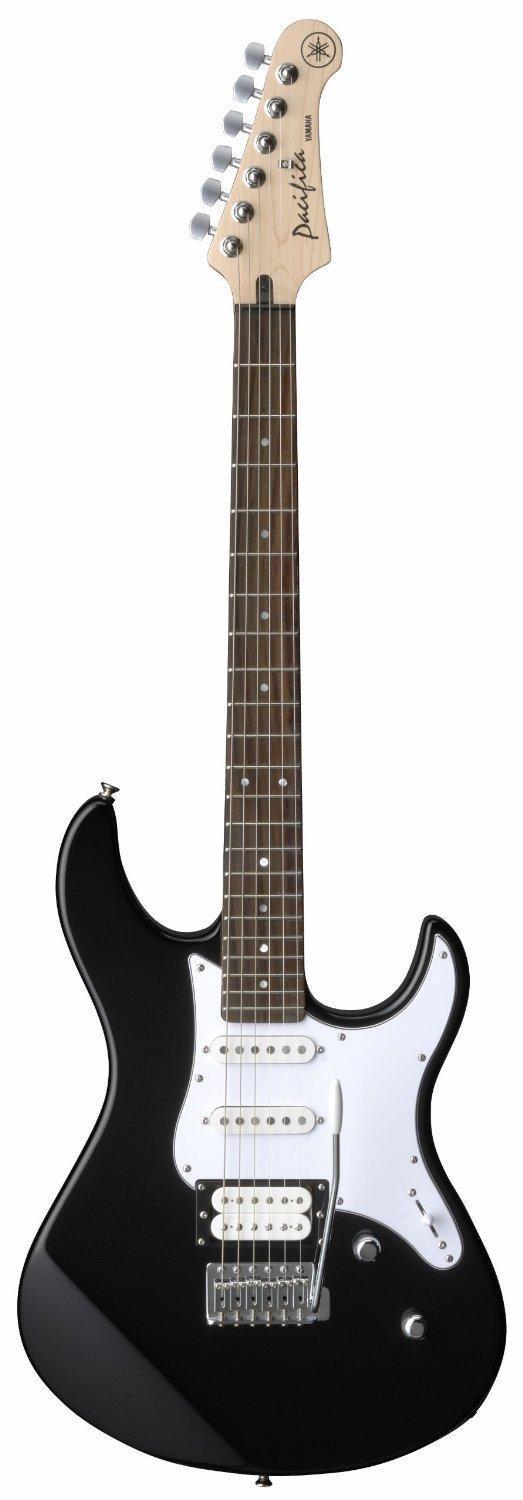




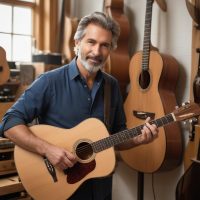
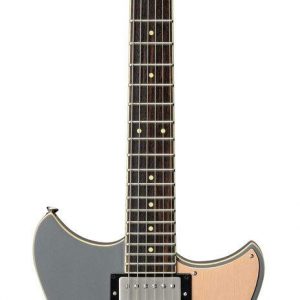
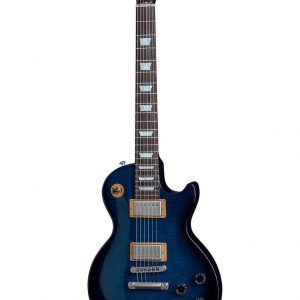
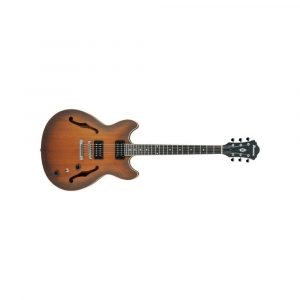
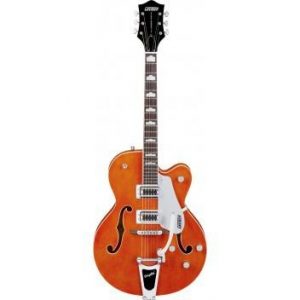
Zander Mooney –
I recently purchased the Yamaha Pacifica 112V and I must say, I’m thoroughly impressed. It’s a perfect 4/4 size and the Mahogany Wood Type-body sides give it a premium feel. I have tried many other electric guitars in the past, but none have come close to the quality and sound that this guitar produces.
The humbucking pickups and single-coil pickup configuration gives this guitar a versatile sound, perfect for playing a range of styles from blues to metal. The neck is smooth and easy to play, making it ideal for both beginners and more experienced players.
The build quality is top-notch and feels like it could last a lifetime, while the finish is glossy and looks stunning. The guitar is well-balanced and comfortable to play for extended periods of time.
Overall, I am extremely happy with my purchase of the Yamaha Pacifica 112V and highly recommend it to anyone looking for a high-quality electric guitar. It’s easily comparable to other well-known electric guitars on the market and offers amazing value for its price. If you’re looking for a great guitar that won’t break the bank, the Yamaha Pacifica 112V is a fantastic choice.
Charlotte –
A Scathing Takedown of Zander Mooney’s Gushing Review of the Yamaha Pacifica 112V**
Ah, Zander Mooney and his glowing review of the Yamaha Pacifica 112V. It’s like he’s trying to convince us that this guitar is the second coming of Christ… or at least a decent electric guitar.
Newsflash: it’s not.
As I sit here, reading through Zander’s review, I’m reminded of a Fisker news article I came across today – The Fall of EV Startup Fisker: A Comprehensive Timeline. Yeah, that’s right. It seems like the folks at Fisker were just as delusional about their product as Zander is about this guitar.
Let me break down why I think Zander’s review is a load of rubbish:
1. The Body Sides: Not That Impressive
Zander goes on and on about how the Mahogany Wood Type-body sides give it a premium feel. Um, no. They’re just… sides. You can get these from any guitar manufacturer for a fraction of the price.
2. Pickups: Not as Versatile as Zander Claims
The humbucking pickups and single-coil pickup configuration might sound impressive on paper, but trust me, they’re not that special. In fact, I’ve played guitars with similar setups that sounded like a cat in heat compared to this thing.
3. The Neck: Smooth? Are You Kidding Me?
Zander says the neck is smooth and easy to play. I call foul. Have you ever tried playing a guitar with a neck that’s been sanded down to within an inch of its life? It’s like trying to ride a unicycle on a tightrope – it might look cool, but it’s not exactly comfortable.
4. Build Quality: Not as Durable as You Think
Zander claims the build quality is top-notch and that it could last a lifetime. I’m no expert, but I’ve seen guitars made from worse materials last longer than this thing will probably be relevant in 5 years.
In conclusion, Zander’s review of the Yamaha Pacifica 112V is about as convincing as a politician’s promise to fix the economy. It’s all hype and no substance. If you’re looking for a decent electric guitar that won’t break the bank, keep looking – this one’s not worth it.
Rating: 1/5
P.S. Fisker’s bankruptcy was probably predicted by anyone who’s ever seen their cars in person.